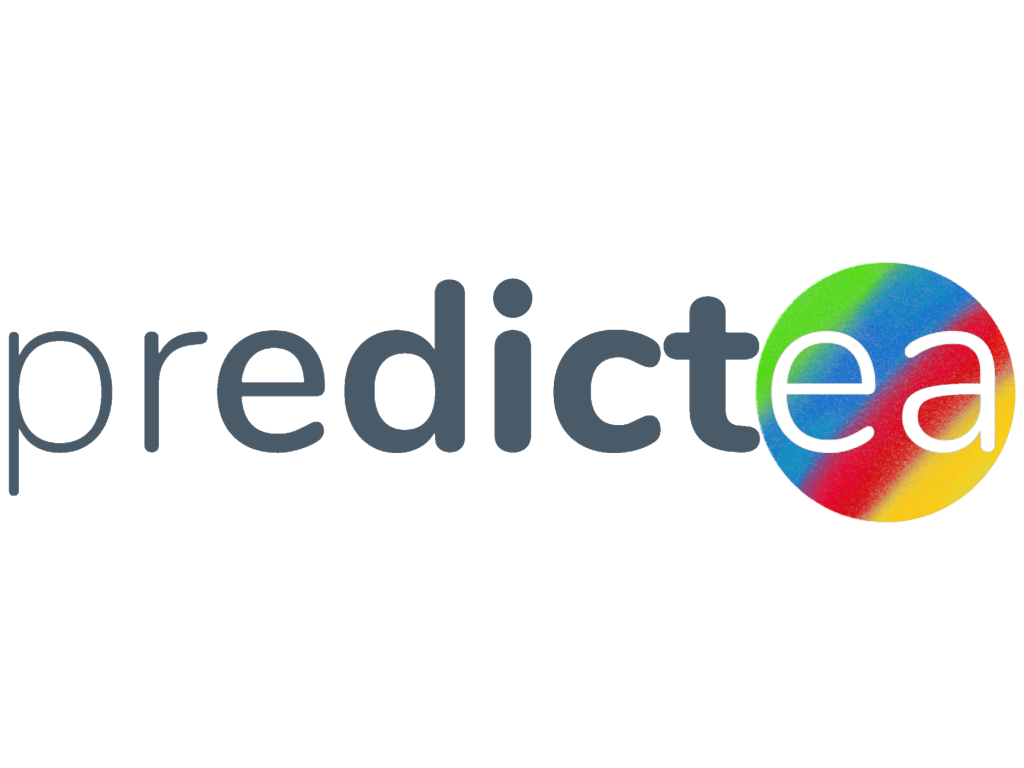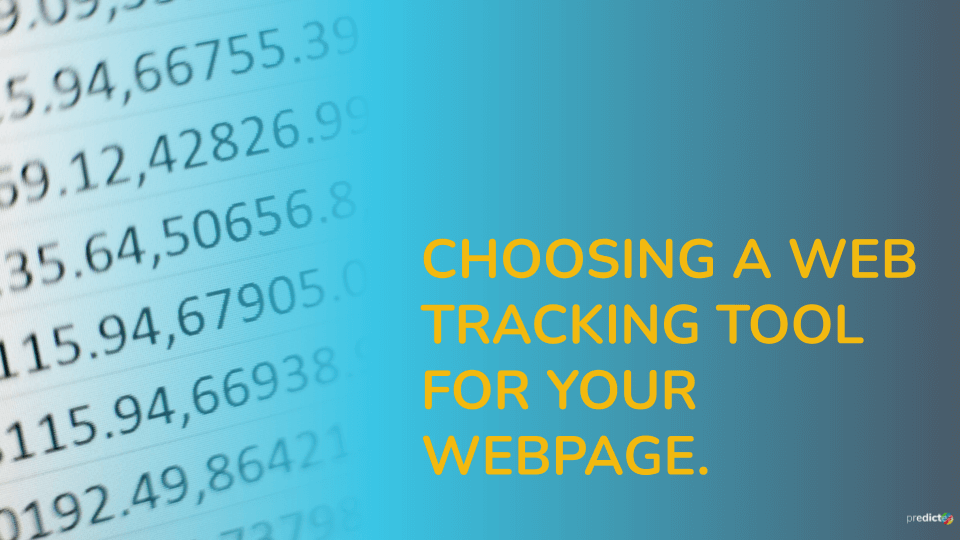Introduction
Measuring and tracking the actions of your website is crucial. It gives access to the performance of the marketing efforts. For this purpose, we have to use some kind of analytical tool. At the same time, complex and less user-friendly analytics tools can make this process really challenging and difficult.
Currently, Google Analytics is one of the strongest players in the segment and beat all other analytics platforms with a lead. Yet, there are more or less good analytics tools in the aspects of data sampling, privacy, cost, etc…. When using a website analytics platform for the first time, you might feel overwhelmed since most of their interface looks a bit complex and comes with a steep learning curve. Sometimes those platforms use different names for the same functionality. For example, Adobe Analytics refers “Site metric report” and Google Analytics refers to the same outcome as the “Behaviour report”.
Though Google Analytics is the most widely used and comprehensive reporting system for websites, in this blog we are going to talk about some other website analytics alternatives that you can try and also compare them with each other in the aspects of Report Building, Data Storage, Goal Tracking, and Integration
We compared Matomo, Piano, Piwik, Adobe analytics with Google Analytics as follows. And here is a short summary for each of them.
Adobe Analytics
Adobe Analytics is the biggest competitor for Google Analytics, out of all other platforms.
Firstly—Adobe Analytics has no free version. Creating reports in Adobe Analytics is complex compared to other analytics Platforms, but you will get better customizability and more control over your report creation. When we talk about Integration, Adobe Analytics Cloud can also connect to a wide range of native and 3rd party tools to easily bring in 3rd party data to the tool. All in all, it offers more richness and versatility than Google Analytics 360 in terms of functionality and analytics capabilities. Implementation of the Adobe Analytics Cloud tool is not an easy task. It requires the services of a trained professional with specialized developmental knowledge to plan, customize, execute, and keep an eye on the implementation.
Adobe Analytics allows you to collect data from a wide range of channels, including voice, Over the top media (OTT), audio, and the Internet of Things (IoT). And they give you access to all this data all the time, every time. Adobe Analytics uses modern data modelling and collection methods using predictive algorithms, built-in statistics, and the machine learning of Adobe Sensei to make our data science features accessible to analysts and marketers alike.
It is possible to perform E-Commerce Tracking with Adobe Analytics. Predefined and structured reports allow more flexible and detailed audits for eCommerce clicks, conversion cycles, and potential customers.
Follow this link to read further about the latest Adobe Analytics standing out features. And this link to read a comparison about Google Analytics and Adobe Analytics
Piwik
Piwik is the second-highest trending website analytics platform on our list.
Piwik provides two plans. The “Core Plan” is free and the “enterprise plan” costs according to your customization. Piwik allows creating reports from 10 to unlimited reports according to the package you choose. Data retention/storage starts from 14 months to 25 and more according to the package. When talking about data collection, Piwik allows full access to raw unsampled data through 3rd party connectors such as Tableau and BigQuery. They allow a greater number of Google tools to integrate, including Google Ads, Google Search Console, and Google Data Studio integration.
Source: https://piwik.pro/web-analytics/
Follow this link to read further about Piwik plans. Follow this link to find out how Piwik plans stand out when compared to google analytics.
Matomo
Matomo is another Google Analytics alternative. It is a powerful web analytics platform that gives you 100% data ownership. Matomo does not sample data, instead, you get all the actual data flow to feed in the analysis, thus providing better accuracy. Matomo 2 packages, one is called “on-premises” which is free and hosted on your servers, and “cloud” which is hosted on Matomo servers. Matomo allows goal tracking, using custom dimensions according to the package.
They also offer the eCommerce tracking. When it comes to the integration aspect, 3rd party tools such as Google Analytics data importer, GDPR Manager, Tag Manager are integrable for free and some other tools such as SAML integration, Funnels, WooCommerce Analytics are integrable at a cost or for free according to the package you choose from Matomo.
Source:https://matomo.org/
Follow this link to read further about Matomo packages. And follow this link to find out the advantages of Matomo over the Google Analytics.
Piano
With Piano Analytics, you can easily define an unlimited number of custom metrics and use them in different reports and analyses. If you want at-a-glance numbers, trends over time, or a deep dive, with Piano, you can always access the insights you need, in a format you understand.
Piano offers different modules for different analytical tasks as follows:
| Analysis | Module name | Task |
| experiences | Composer | Create unique user experiences |
| exchanges | VX | Control premium content access |
| relationships | ID | Better manage customer identities |
| content | ESP | Intelligent content delivery automation |
| segmentation | DMP | Ready for the future |
| engagement | Content | Deliver personalized experiences |
| analytics | Insight | Real-time data visualization |
The cost will be decided according to the personalized modules after you customize them.
Implementation of Piano is straightforward. Documentation and a video series are available for each module to teach you how to configure it. You can use Piano to collect your data not only from your website but also from intelligent IoT devices. Understanding behaviour on a wide array of devices, such as smart speakers or connected televisions, is critical in today’s multi-device environment. Piano’s universal scripts can bring data from those devices into the same picture as web and app behaviour. Integration of the Piano platform seems possible to integrate with many 3rd party tools related to website tracking and analytics, such as “Clever Push”, “Sandbox”.
Source:https://piano.io/product/analytics/
Follow this link to read further about Piano Modules and the functionalities.
Conclusion
A few aspects to help you with a decision on what tool to take, is the privacy of data, data acquisition methods, the accuracy of the data, or data sampling. Here is the conclusion:
| Features | Adobe Analytics | Piwik | Matomo | Piano |
| Free version availability | no | yes | yes | no |
| Access to unsampled data | yes | yes | yes | yes |
| e-commerce tracking availability | yes | Yes | Yes | yes |
| Data storage facility | yes | yes | yes | yes |
| Data privacy protection | yes | yes | yes | yes |
| Ease of implementation | Hard—Adobe Analytics requires code within your website to implement their SDK | Easy-still needs to copy and paste a tracking code to your website HTML code, but the customization is very much user-friendly | Easy-you can install Matomo plugins to your website to track different data | Hard-should have a knowledge about their SDK and website compatibility |
| Advantages | Tracking is highly configurable and customizable clear visualization of data on the workspace and the ability to drill down a specific data point effortlessly | Authorization management and switching between sites are great. Simple and quick customization | 100% data ownership. On-premises and cloud deployment options.Easy to implement | Highly customizable Faster, more efficient query execution since powered by Snowflake |
| Disadvantages | No free version. Need for skilled experts to customize, execute and make reports. | Limited integration with third-party tools. Tag Manager: not all tags/triggers are possible yet. | Less customer support, interface and UI, not very user friendly | No free version Could improve better customer support |


